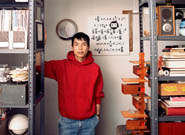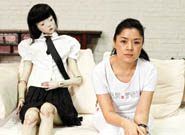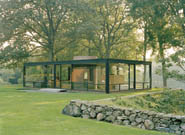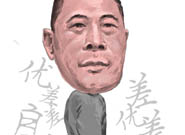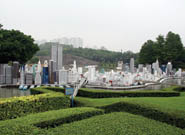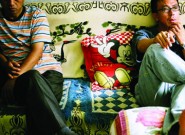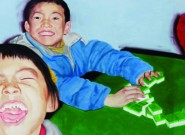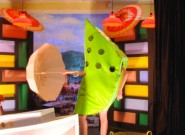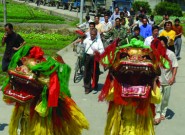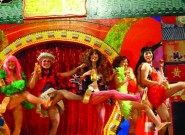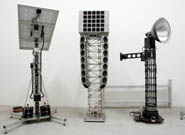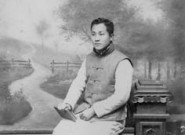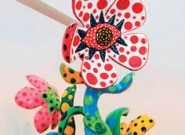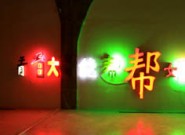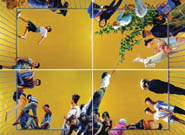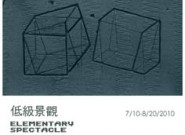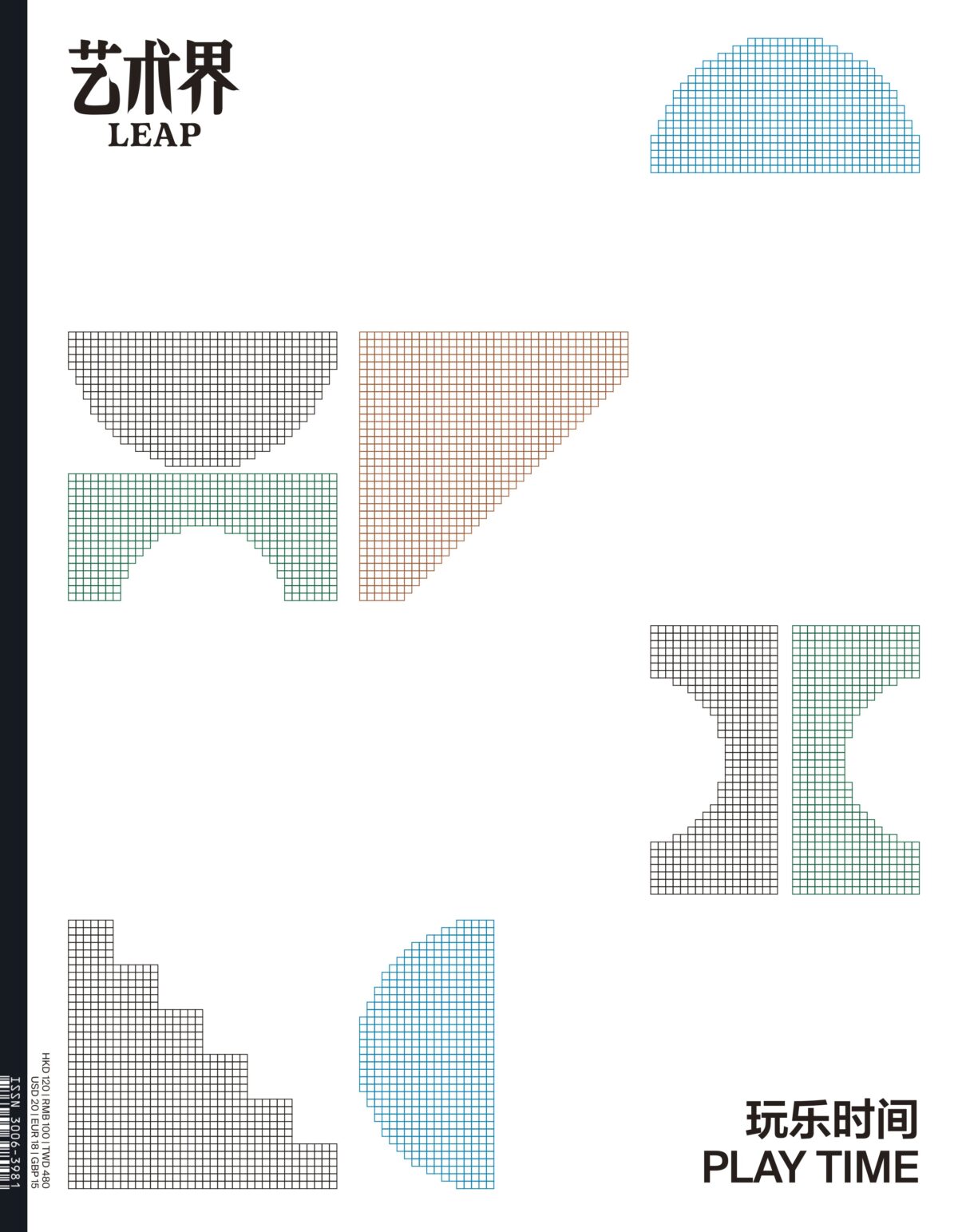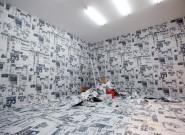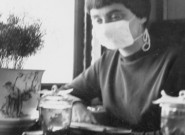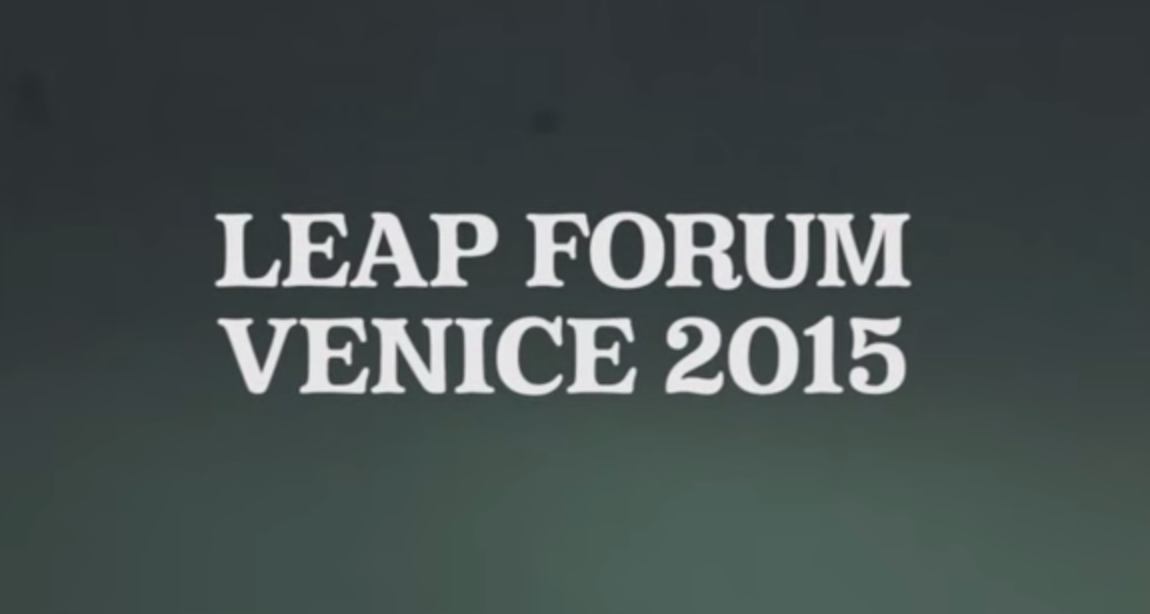It’s best to get the fact that Tobias Wong died on Sunday, May 30th of this year out of the way immediately. He was 35. Wong’s burgeoning career began as a precociously incisive graduate student at Cooper Union when he ganked a new armchair from no less a design luminary than Philippe Starck. He turned the chair into a lamp…
Read MoreWhereas those we have previously interviewed for the “My Miles” column may be called “busy,” perhaps it’s more appropriate to describe Cui Xiuwen as “diligent”—she won’t even allow herself a vacation. As soon as we step foot into her Feijiacun studio, she immediately invites us to take a look at her latest work in progress. She persists in asking our impression of…
Read More[portfolio_slideshow timeout=7000 exclude = “4026”] Online apparel retailer VANCL launched in 2007; by the end of 2009, it had 800 employees and annual revenues of RMB 2.4 billion. Ranked the fastest-growing tech company in China after expanding by 29,756% in its first three years, VANCL’s 2012 revenues are forecast at some RMB 18 billion. Clearly it was time for…
Read MoreThe history of the Glass House museum begins with its designer Philip Johnson, an influential American modernist architect born in 1906. Following trips throughout Europe in his youth, Johnson drew inspiration from the icons of architectural history as well as the burgeoning modernist architectural movements in Germany and France in the 1920s. After completing his education at Harvard’s Graduate School of Design,…
Read More“My University (1990-2010): Liu Dahong and the Shuangbai Studio” opened on June 20, 2010 at Iberia Center for Contemporary Art in Beijing. Liu Dahong, artist, professor, and director of the Shuangbai Studio, graduated in 1985 from the Oil Painting Department of Zhejiang Academy of Fine Arts, and has served as an instructor at Shanghai Normal University for the…
Read MoreThe self is fraught these days, but particularly so in Shenzhen, a city with no history—or only thirty years of it, as the saying goes. It is a concrete sprawl of flash developments and relaxed economic regulations, brimming with migrants who pass through loose borders looking for fast money. Every one of Shenzhen’s nearly nine million inhabitants comes from someplace, yet…
Read MoreThe little town of Jincheng is built around a paper mill. The mill, erected in 1939, has survived many periods—from the Japanese occupation to the civil war to the Cultural Revolution. It was first called Jinzhou’s “Barbu” Co. Ltd. and then went through a string of names as a state-run Jinzhou paper mill, before finally ending on its current name:…
Read MoreInside the Chinese art world, people tend to think of the Sichuan artists (which we should define as those coming from the southwestern area of China centered on Chongqing and Chengdu) as belonging to a tight, perfectly ordered community. This impression might initially come from their easily recognizable accents and common love of hot pot—a shared sensorium based on a rich,…
Read MoreCharacterized by a reflective architecture of glass and steel and culturally dominated by a visually rich cinematic tradition that merges seamlessly with tourism marketing, Hong Kong does not lack for specular images of its urban core. In the now-classic films of Wong Kar-Wai and John Woo, the surface of the city emerges primarily through textural definition: the sweaty glint of neon…
Read MoreZhang Ding produces intriguing art, which he then dismisses with a gentle smile as “having no meaning.” He does acknowledge that his work should induce a “strong feeling,” but never lets on exactly what sort. In China as elsewhere, artists often avoid explaining their works, affecting a simple nature in order to protect their ideas. Yet even against this background of…
Read MoreThe first thing Zhou Bin did after he had ended his sojourn in the Beijing artists’ villages of Yuanmingyuan and Songzhuang and settled in Chengdu in 1998 was stage a performance. For this work, titled Historical Watermark, he used river water to wash a human form (or perhaps that of the Buddha) onto a stretch of old city wall slated…
Read More1 Almost every Fujianese family has a child who has left home to find work. In New York, only the Fujianese mafia competes with the Sicilian. In Europe, Fujianese farmers exploit Westerners’ worship of organic produce, substituting Oolong tea for red wine and selling shoes made in Jinjiang, Putian, and Fuzhou in the process. In the world of art, Fujianese…
Read MoreThe contemporary art world’s concept of the “Guangdong artist”—emerging from the haze of the growing Pearl River Delta cities of the mid-1990s, flourishing through the first years of the new century, and fading as the entire ecology of the art world grew, enticing many of those with whom the designation was initially associated to move north toward the end of the…
Read MoreMatt Hope has spent the last three years deep within the recesses of a studio and gallery compound on the south side of Caochangdi, putting off his debut solo exhibition. Instead of rushing into the public eye, he has used this time to explore the processes and infrastructures of fabrication throughout Mainland China. Hope knows his fabricators well: from the machine…
Read MoreThe eighth edition of the Gwangju Biennale was, in artistic director Massimiliano Gioni’s words, an “anthology of portraits” and “a show of faces and eyes.” Based on a simple conceit—that humans make images to stymie the flow of time, and having made them, do strange things in their service—it offered a bulky compilation of pictures…
Read MoreIn its inaugural year, the Aichi Triennale takes its own unique place in a continuum of large-scale periodic exhibitions. More along the lines of an international arts festival than a traditional triennial, the exhibition aims to convey the latest trends in contemporary art to a Japanese public. Taking place in the Japanese city of Nagoya,…
Read More“Great Performances” looks like an art historical exhibit. Curator Leng Lin puts together works derived from a variety of fields—including video, installation, photography, painting, and performance a…
Read More“The Youth Sale Store” is an art project launched by a group of young Shanghai artists—an exhibition-turned-mobile-art-shop. The first stop was hosted in the Shanghai M50 Creative Park, and the next stop is Beijing. Participating artists collect, display, and sell the works of other artists in their own peer networks, and new documentary photographs accompany…
Read More“When an established artist reaches middle age, what sort of work should he or she create?” This is a question that many of us face today. It concerns us, when we consider an artwork, and it concerns the artist, in how he or she should assess their own creation. Whether or not we like to admit it, art—in terms of…
Read MoreShi Qing and Shao Yi’s two-person exhibition “Elementary Spectacle” is not so much a fascinating laboratory of materials as it is an anxiety-inducing image world. In this world, “objects” are the law. Classic models of elevated stature are constructed through a form of imitation solemn in its cheapness; taboos are used to highlight the existence…
Read More
